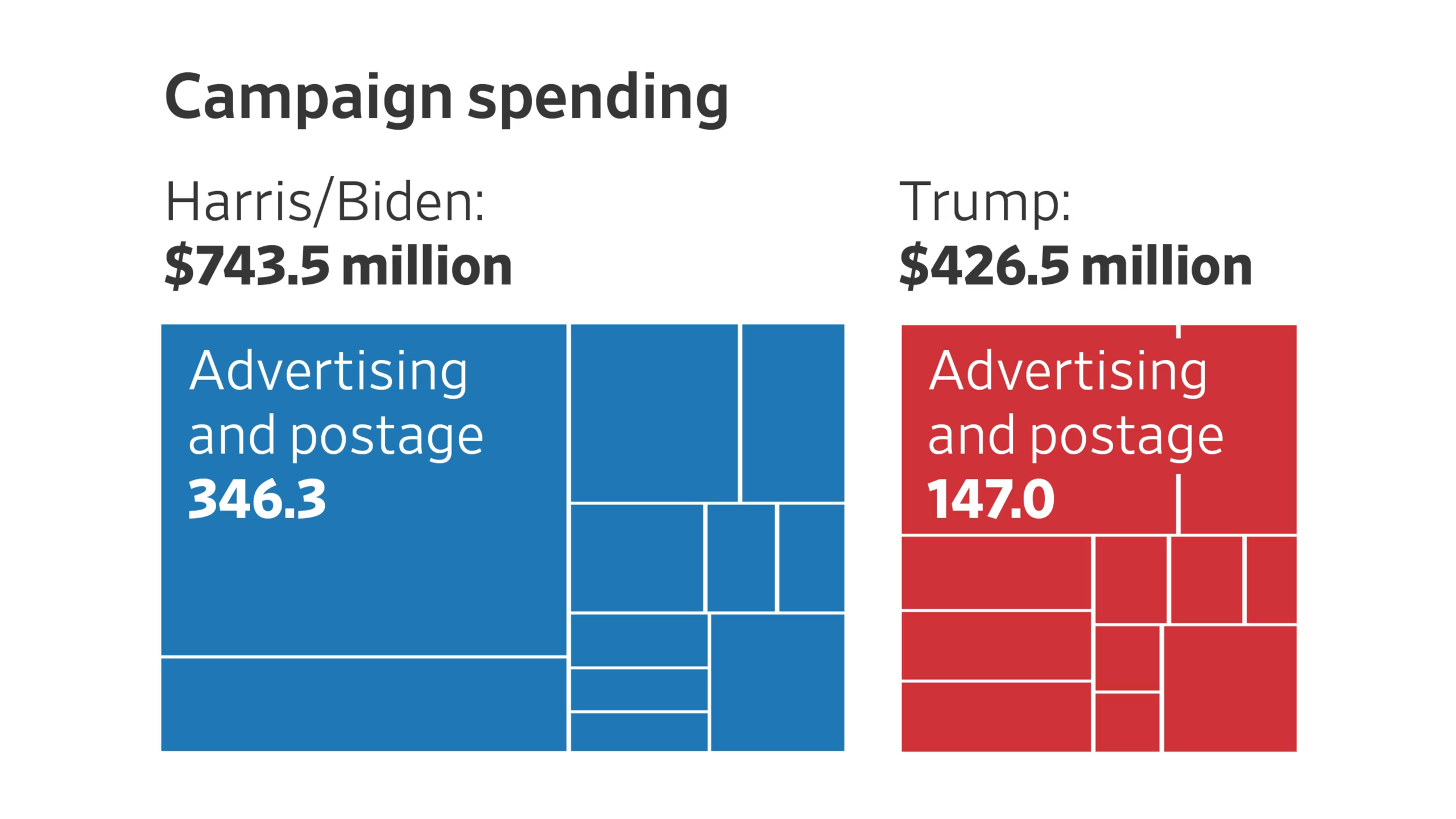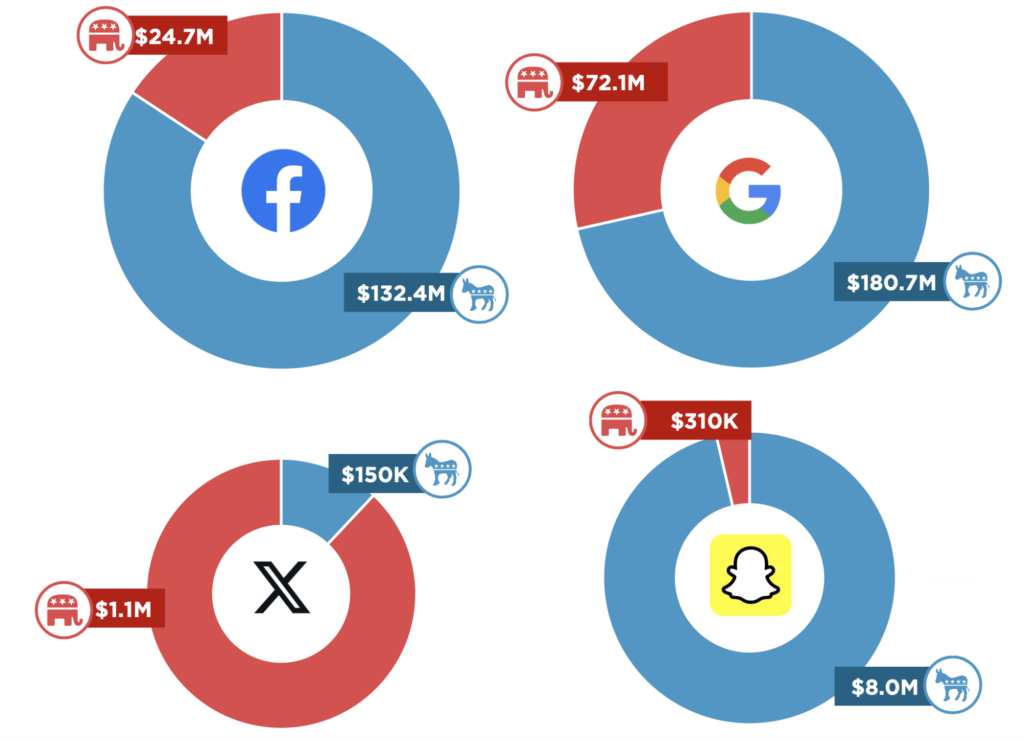Yes, this is a rant.
It’s a rant about where leadership teams allocate their marketing budget vs. where their potential customers actually pay attention.
For most, that’s heavily in digital performance ads (Meta, Google, Apple, and if you’re in e-commerce, Amazon/Pinterest), a healthy amount in social media/brand ads (TikTok, Instagram, Facebook, maybe Reddit), and then a bit of “content marketing,” which all too often is just SEO (though content has far more potential than just ranking for keywords).
But are these limited channels the only places your audience can be found? Is it where they’re having the most relevant conversations and content consumption behaviors? Are those channels the most influential on your audience? Or are they simply where the lowest friction for marketing spend happens?
The last few years of my conversations with marketers tell me two things:
- You all know your customers’ sources of influence are broader than the few places the exec team puts budget.
- Despite knowing this, almost none of us do anything to try and fix it.
I made this chart (with a nudge from the very wise Dana DiTomaso) to help illustrate the problem:

Just try this exercise:
- List out your audience’s sources of influence (all the different channels they might use to consume content, search, compare, and make purchasing decisions from top to bottom of funnel)
- Estimate, even just off the top of your head, how many people in your audience could be reached through each of those channels
- Compare those estimates to your budget allocation
I’m gonna guess that for almost everyone, it’s way, way off. Not even close to close.
And sure, we’ve got excuses like:
- “Budget allocation isn’t my job.”
- “Where people are isn’t the same as where we can reach them.”
- “Some sources of influence are more powerful for purchase behavior than others.” (this one’s pretty decent, though I’d argue brand exposure in these places is still worthy of investment)
- “I don’t know how to market in that channel.” (I actually think this is a beautiful response, because it shows humility and a willingness to learn)
- “I’d love to balance channel allocation against sources of influence, but there’s no way to prove impact the way we can with digital ad buys.”
But, I want to challenge us as an industry to be better than this. I think it IS our jobs to have the hard conversations with leadership, to bring data, to show examples of competitors, to bring transcripts of customer interviews, and yeah, to maybe show some audience research charts.
Because the only other choice is waiting for the C-Suite to come around on their own. And I think all of us would rather be out there doing better, more creative, more effective work in the channels where audiences are influenced vs. continuing to throw money at Google and Meta and hoping we’ll stay relevant.
Not to put too fine a point on it, but…



It just might be that throwing more money at the biggest, easiest-to-buy channels doesn’t move the needle as much as our execs think.